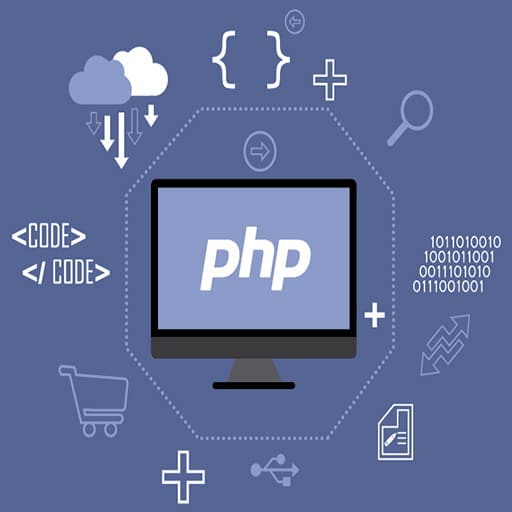Securing PHP applications is crucial to protect sensitive data and prevent unauthorized access. Here are some best practices for web developers to follow:
1. Keep PHP and other software up to date: Regularly update PHP and other software components to ensure you have the latest security patches and bug fixes.
2. Use parameterized queries or prepared statements: Avoid using dynamic SQL queries and instead use parameterized queries or prepared statements to prevent SQL injection attacks.
3. Validate and sanitize user input: Always validate and sanitize user input to prevent cross-site scripting (XSS) attacks. Use functions like htmlspecialchars() or filter_var() to sanitize user input.
4. Implement strong password policies: Enforce strong password policies for user accounts, including minimum length, complexity requirements, and regular password expiration.
5. Use secure session management: Implement secure session management techniques, such as using session_regenerate_id() to prevent session fixation attacks and setting session cookie attributes to secure and httponly.
6. Protect against cross-site request forgery (CSRF) attacks: Use CSRF tokens to validate and authenticate user requests, preventing attackers from executing unauthorized actions on behalf of users.
7. Implement secure file uploads: Validate file types, limit file sizes, and store uploaded files outside the web root directory to prevent arbitrary code execution and unauthorized access.
8. Use secure authentication and authorization mechanisms: Implement secure authentication mechanisms, such as password hashing with bcrypt or Argon2, and implement role-based access control (RBAC) to ensure users only have access to the necessary resources.
9. Enable secure communication: Use HTTPS (SSL/TLS) to encrypt data transmitted between the client and server, preventing eavesdropping and man-in-the-middle attacks.
10. Regularly perform security testing and code reviews: Conduct regular security testing, including vulnerability scanning and penetration testing, to identify and fix any security vulnerabilities. Additionally, perform code reviews to ensure secure coding practices are followed.
11. Implement a web application firewall (WAF): Consider using a WAF to provide an additional layer of protection against common web application attacks, such as SQL injection, XSS, and CSRF.
12. Limit error reporting: Disable or limit error reporting to prevent sensitive information from being exposed to potential attackers. Set the display_errors directive to Off in the production environment.
13. Secure file and directory permissions: Set appropriate file and directory permissions to prevent unauthorized access. Restrict write permissions to only necessary directories and files.
14. Implement brute force protection: Implement mechanisms to detect and prevent brute force attacks, such as limiting login attempts and implementing account lockouts.
15. Regularly backup data: Regularly backup your application’s data to ensure you can recover in case of a security incident or data loss.
By following these best practices, web developers can significantly enhance the security of their PHP applications and protect against common web application vulnerabilities.
